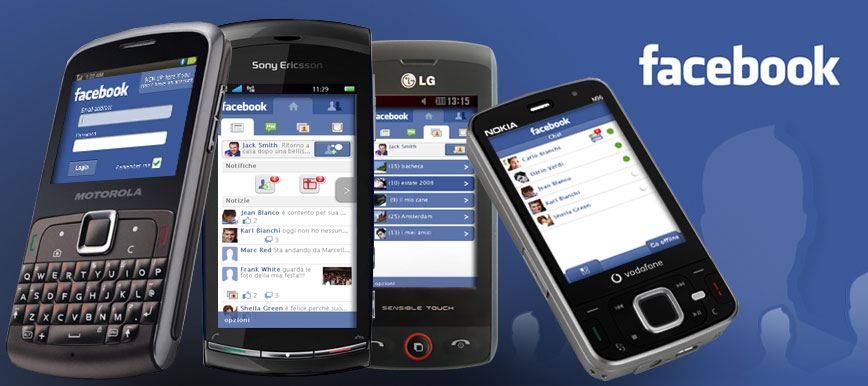
Facebook attracts a hefty mobile audience of over 420 million users each month, but that doesn’t mean its mobile products are at the standard they could be for the biggest social networking service on the planet.
In fact, Facebook’s recent acquisitions demonstrate growing concern about its ability to stay competitive in a post-desktop era, as mobile and tablet devices become users’ primary digital content consumption tools.
Much has been made of the company’s inability to monetize its mobile audiences, but there’s been little attention paid to the quality of its mobile products themselves. The recent purchase of firms such as Instagram, Gowalla, Tagtile suggest the company is well aware of the need to innovate around mobile in order to remain relevant.
“Their progress in mobile must be a thorn in their sides. It’s a huge missed opportunity so far,” said Gene Liebel, chief strategy offer at digital agency Huge. “They’ve done amazing things in terms of the overall service, but in mobile it’s the opposite. The apps are badly designed and badly written, which is really interesting considering the amazing engineers and understanding they have of user design there.”
Despite the sizeable audiences they attract, Facebook’s mobile properties are little more than stripped down versions of its desktop site, with limited functionality in most cases. They’re slow, unstable, and often frustrating to use. Ultimately, mobile users log in to the social network because that’s where their existing networks are, not because of the engaging experience that greets them.
But Facebook’s purchase of Instagram last week is an acknowledgement of its shortcomings in mobile. The company paid $1billion for a photo-sharing service with no revenues, 13 employees, and an audience that overlaps significantly with its existing one. Why? In a desperate attempt to better understand how to build a successful mobile product, Liebel suggested.
“They just have to get something right in mobile. I think they are totally serious about it. They get how important it is for them and are smart enough to get what a great mobile experience would be. They just haven’t done it yet,” he said.
Ad position: web_incontent_pos1
Chia Chen, mobile practice lead at Digitas, expressed similar views, suggesting Facebook was threatened by the engagement Instagram was generating amongst its 30 million users.
“In terms of user experience, Instagram is incredibly awesome. From a defensive standpoint I don’t think they Facebook wanted people being really engaged with a different networking tool,” he said.
In October Facebook launched an HTML5-based mobile app platform, which it hoped would enable it to replicate the third party app success it saw in the desktop space. So far developers have been slow to build for it, though, owing largely to the difficulties and costs still associated with developing in the language.
Facebook now builds most of its apps in HTML5, too, and appears to be encountering some of the same issues. Though forward-thinking, Libel suggested a company like Facebook would better serve its users by developing native apps, in addition to browser-friendly HTML ones.
“If you’re Facebook and you have the money, you should absolutely do native apps, too,” he said, but added, “that doesn’t mean the HTML5 apps have to be this bad at all.”
Ad position: web_incontent_pos2
With Facebook’s IPO on the horizon, it’s no surprise that it wants to tout the opportunities it sees in mobile, especially as its user base continues to grow through those devices.
In reality, though, mobile could present more of a risk than it is an opportunity for the social network. At present it has the advantage of a captive audience, but unless it continues to innovate and find ways to keep users as engaged with its mobile properties as they have been with its desktop ones, companies such as Instagram will be lining up to bite of chunks of its audience.
More in Media

NewFronts Briefing: Samsung, Condé Nast, Roku focus presentations on new ad formats and category-specific inventory
Day two of IAB’s NewFronts featured presentations from Samsung, Condé Nast and Roku, highlighting new partnerships, ad formats and inventory, as well as new AI capabilities.

The Athletic to raise ad prices as it paces to hit 3 million newsletter subscribers
The New York Times’ sports site The Athletic is about to hit 3 million total newsletter subscribers. It plans to raise ad prices as as a result of this nearly 20% year over year increase.

NewFronts Briefing: Google, Vizio and news publishers pitch marketers with new ad offerings and range of content categories
Day one of the 2024 IAB NewFronts featured presentations from Google and Vizio, as well as a spotlight on news publishers.
Ad position: web_bfu